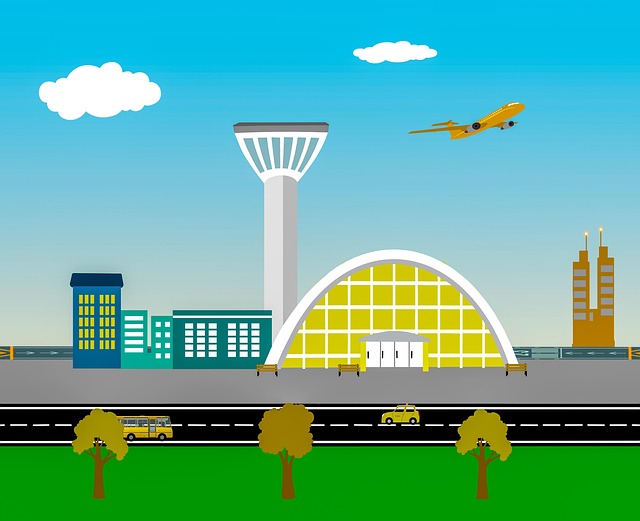Parker offers leading humane squirrel trapping and relocation services using advanced techniques, specialized equipment, and knowledge of squirrel behaviors to maintain ecosystem balance, protect local populations, reduce human-wildlife conflict, and promote peaceful coexistence while adhering to conservation regulations.
In the pursuit of harmonious coexistence with wildlife, understanding humane capture methods is paramount. This article explores innovative techniques, focusing on humane squirrel trapping as a prime example, offering a glimpse into how professionals in Parker utilize these strategies. From understanding specific trapping techniques to evaluating the conservation benefits of relocation, we delve into safe and effective wildlife capture practices that prioritize both animal welfare and ecological balance.
- Understanding Humane Squirrel Trapping Techniques
- Benefits of Relocation for Wild Animal Conservation
- Effective yet Safe Capture Methods for Wildlife
Understanding Humane Squirrel Trapping Techniques

In the context of humane wildlife control, particularly for squirrels, understanding advanced trapping techniques is key. Parker’s leading humane squirrel trapping and relocation services employ strategic methods to ensure minimal stress and harm to these creatures. These techniques go beyond basic traps, incorporating specialized equipment and knowledge to identify and address specific behaviors and habitats of squirrels.
By adopting such practices, wildlife control professionals in Parker can effectively manage squirrel populations while upholding ethical standards. This includes using live traps that allow squirrels to be caught and released unharmed, as well as understanding the timing and location of trapping for optimal success rates. Such humane methods not only preserve animal welfare but also contribute to maintaining a balanced ecosystem within the community.
Benefits of Relocation for Wild Animal Conservation

Relocating wildlife is a crucial conservation method that offers numerous benefits for both the animals and their habitats. In areas where human development has fragmented natural landscapes, such as in Parker with its growing communities and urban expansion, humane squirrel trapping and relocation services play a vital role. These services capture and transport squirrels (and other small mammals) to suitable, untouched habitats far from the reach of urban encroachment.
By implementing this approach, wildlife conservationists can protect endangered species’ populations, maintain ecological balance, and prevent invasive species from dominating new territories. This method is particularly beneficial for squirrels, which often struggle to find adequate food sources and safe shelters in developed areas. Relocation ensures their survival, fosters a healthy ecosystem, and mitigates potential conflicts between humans and wildlife in urban settings like Parker.
Effective yet Safe Capture Methods for Wildlife

In the realm of wildlife control, effective yet safe capture methods are paramount to ensure both the well-being of the animals and the safety of those handling them. When it comes to dealing with squirrels, for instance, humane trapping and relocation services in Parker have become increasingly popular as a responsible approach to managing these furry inhabitants. These techniques involve using specialized traps designed to minimize stress and injury to the squirrels while also preventing any potential damage to properties.
Professional wildlife control experts employ advanced strategies such as live-trapping, which allows for the capture of squirrels without causing them harm. Once caught, the animals are carefully relocated to suitable habitats away from urban areas, ensuring their survival and fostering a harmonious coexistence between humans and wildlife. Such humane methods not only respect the natural behavior of these creatures but also comply with local regulations aimed at preserving biodiversity.
In the pursuit of harmonious coexistence with wildlife, understanding and adopting humane capture methods, such as effective squirrel trapping techniques, is essential. Relocating animals, rather than euthanization, offers a compassionate solution for conservation efforts. By combining these strategies, Parker’s local wildlife relocation services contribute to a balanced ecosystem, ensuring both animal welfare and environmental preservation. This approach showcases a responsible and sustainable approach to managing wildlife interactions in our community.
